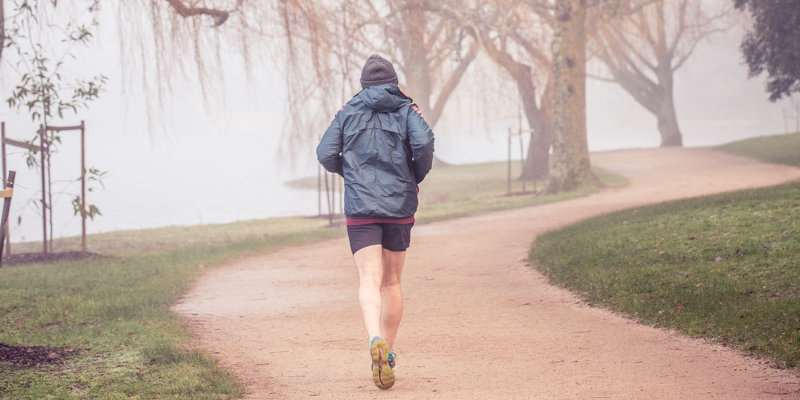You Can Teach Old Dogs New Tricks

The recent streak of beautiful weather in Ballarat has been a runner’s paradise. There’s nothing quite like jogging around Lake Wendouree when the water is mirror-like and the sun is shining.
Four years ago, I broke my hip in a cycling accident, and I gave up hope of ever riding again, let alone running. Driving home around the lake, watching people of all shapes and sizes jogging, filled me with envy. Even walking more than a couple of kilometres was painful for my hip.
Those who know me well are aware of my love for exercise, especially cycling. I also enjoy going to the gym, but running was out of the question due to my hip injury—until recently. I’m thrilled to share that a few days ago, I ran a full lap around the lake without stopping. Although my time was 28:40, a full 10 minutes slower than my personal best from 25 years ago, the sense of satisfaction and achievement was unparalleled. It was more fulfilling than when I was at my peak because it was something I thought I’d never do again.
In the past couple of years, I attempted a few short jogs but had to stop due to the pain. I almost gave up on running altogether. Cycling kept me fit and provided social and mental benefits, but I still missed running.
So, what changed? Earlier this year, my family and I planned an overseas trip. I dreaded the thought of not being able to ride or engage in aerobic activities. Since cycling isn’t practical on a family holiday, I decided to prepare my body for longer walks. Initially, I wasn’t thinking about running again, but the goal was to be able to walk for 30 minutes straight a few times a week.
As a Sports Physiotherapist, I often advise clients on how to build up their exercise routines sensibly. To achieve my goals, I had to follow my own advice. I was already going to the gym three times a week, which helped lay the foundation for the increased load. While cycling kept me aerobically fit, it didn’t prepare me for the weight-bearing demands of walking and running. Elite cyclists often have lower bone density than the average 60-year-old, which is why weight training and weight-bearing exercises are crucial for a healthy musculoskeletal system.
To transition from regular walking to running a full lap of the lake, I began by walking 10-15 minutes 2-3 times a week, gradually increasing to 20-25 minutes. Once that felt comfortable, I started incorporating short jogs: walking for 1 minute, then jogging for 30 seconds. As I adapted, I increased the jogging intervals, systematically stretching out the duration. I advise my clients to build up slowly and sensibly, allowing their bodies to recover in between.
In addition to managing my load, I had to modify my running gait to accommodate my hip and minimize pain. I used to be a heavy heel striker with a tendency to overstride, but that was no longer feasible with my hip’s condition and the metal hardware from my surgery. I worked hard to adopt shorter, quicker steps and land closer to my centre of mass. This adjustment reduced the sharp pain I used to experience and made running more manageable.
The key takeaways from my journey are that, despite significant setbacks and physical impairments, setting goals and working systematically can help you return to activities you love, even if it’s a “new normal.” If you see me out there, you’ll notice a limp, and my run may not look graceful, but I’m enjoying the runner’s high. Moving forward, I’ll probably jog around the lake twice a week, and the sense of achievement is unparalleled. I hope my story inspires anyone struggling with injuries and fitness to set achievable goals and work with a physiotherapist to reach them. Good luck!
Michael Pierce
Sports Physiotherapist
Lake Health Group
